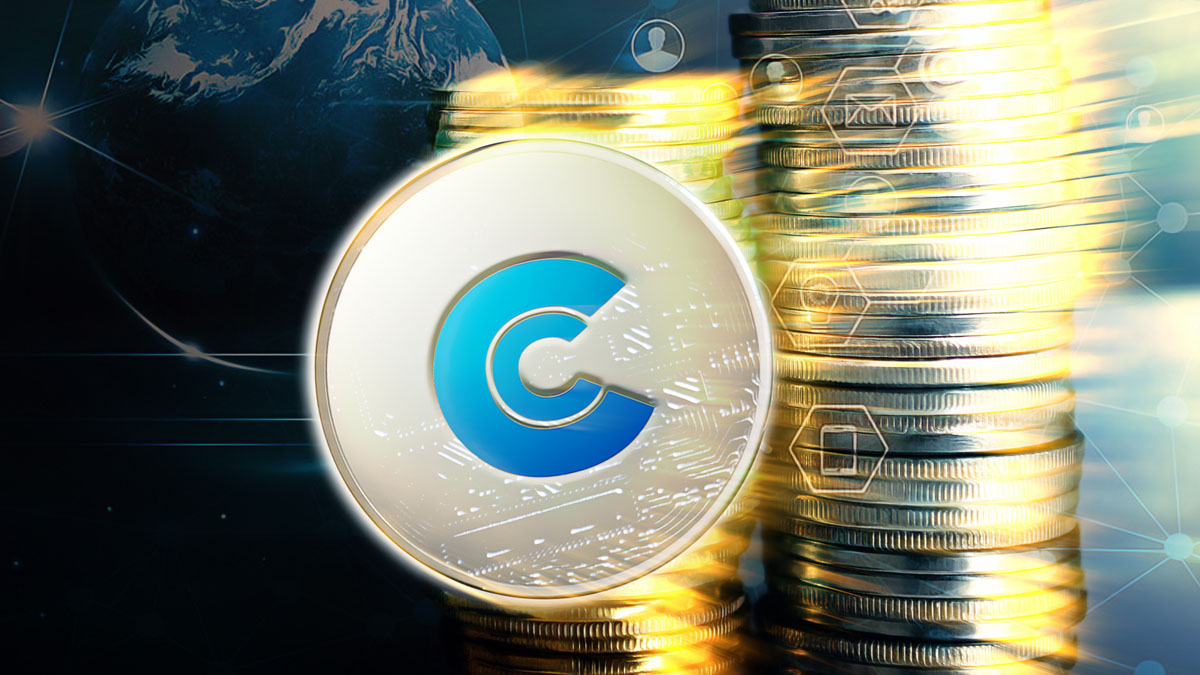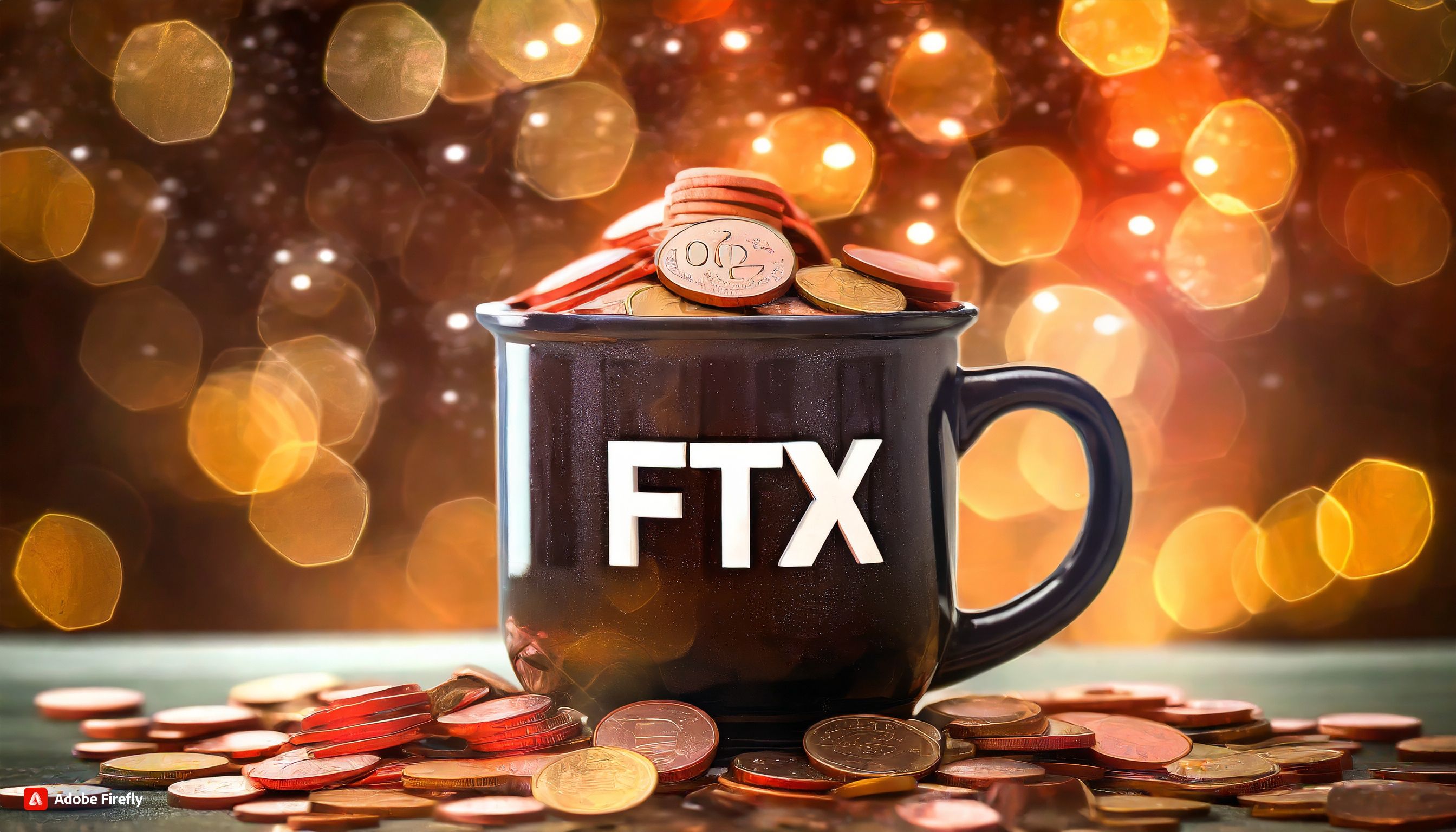Ever since U.S. President Donald Trump took charge of the Oval Office, his overtly hostile tariff policies have shaken global stocks as well as crypto markets. With China, Canada, and Brazil in no mood to bow down to Trump’s arm-twisting tactics, crypto experts are predicting a further bloodbath this week.
Whether it is stock markets or the crypto industry, all eyes are on “Liberation Day,” a.k.a. April 2, when President Trump is expected to announce a 20% tariff on more than 25 countries as a “reciprocal tariff,” affecting $1.5 trillion worth of imports by the end of April 2025.
What are Tariffs and Reciprocal Tariffs?
In simple words, reciprocal tariffs are an arrangement between the two countries that agree to help each other and give each other advantages in terms of trade duties. On the other hand, tariffs are taxes on imported goods that impact inflation, business profits, and goods prices.
Furthermore, tariff hikes potentially lead to higher inflation in the economy. If inflation rises, investors hesitate to invest in riskier assets such as cryptocurrencies and stocks. Investors shift their money from these assets to safe options like FD, Bonds and savings, which leads to market downturns.
Historical patterns support this: during Trump’s first term, the U.S.-China trade war in 2018 saw Bitcoin drop by about 27% amid market volatility, reflecting a flight to safer assets like the U.S. dollar.
All these tariff hikes and announcements have already created significant uncertainty in the market. The cryptocurrency market lost over $130 billion in value last week. During this time period, Bitcoin (BTC) dropped around 6%, Ethereum (ETH) by 11%, XRP by 15%, and Solana by 10.1%.
Tariff can lead to greater market crash
Trump’s tariff tactics have the potential to trigger a messy, global trade war as history shows countries have often retaliated against reciprocal tariffs. Currently, the average US tariff rate is close to 8% with tariffs announced this year, the highest since 1970. Experts predicted that by the end of April, tariff rate would surpass the record set in 1946. This could make the situation worse for the economies, as it will make goods more expensive for consumers and create tension between trading countries.
Moreover, according to a Tax Foundation report, historically it was witnessed that when tariffs raise prices, it reduces economic growth. Not only this, it decreases available quantities of goods and services for businesses and consumers, resulting in lower income and reduced employment.
Economy Policy Uncertainty Index by The Kobeissi Letter
Additionally, currently policy uncertainty is today at unprecedented levels, witnessing 80% higher uncertainty levels than in 2008. This is also a reason behind extreme volatility in the overall markets.
The mechanism here involves risk sentiment. Tariff hikes can disrupt global supply chains, prompting investors to favor traditional safe havens over volatile digital assets.
What’s the Long-term Impact on Crypto Markets?
The long-term outlook might differ on crypto markets. As Trump’s administration showcased a pro-crypto approach until now, plans for a national cryptocurrency stockpile were announced in January 2025. So the tariff hike may create panic in the short term, but in the long term it will be bullish. And the reason is regulatory clarity, Trump’s crypto-friendly policies, U.S. Strategic Crypto Reserve, and more.
Final Thoughts
The immediate impact of Trump’s tariff policies on the crypto market appears potentially negative, with market uncertainty already causing significant volatility and value loss across major cryptocurrencies. However, the long-term outlook may be more optimistic for crypto markets, as the administration has signaled pro-cryptocurrency positions, including regulatory clarity and plans for a national cryptocurrency stockpile.
While short-term market turbulence seems likely amid escalating trade tensions and policy uncertainty, these same policies might ultimately create a more favorable environment for cryptocurrency growth once immediate economic responses stabilize.
Also Read: Bitcoin Price May See Chaos Amid Trump Tariff Threats
The Crypto Times – Read More










